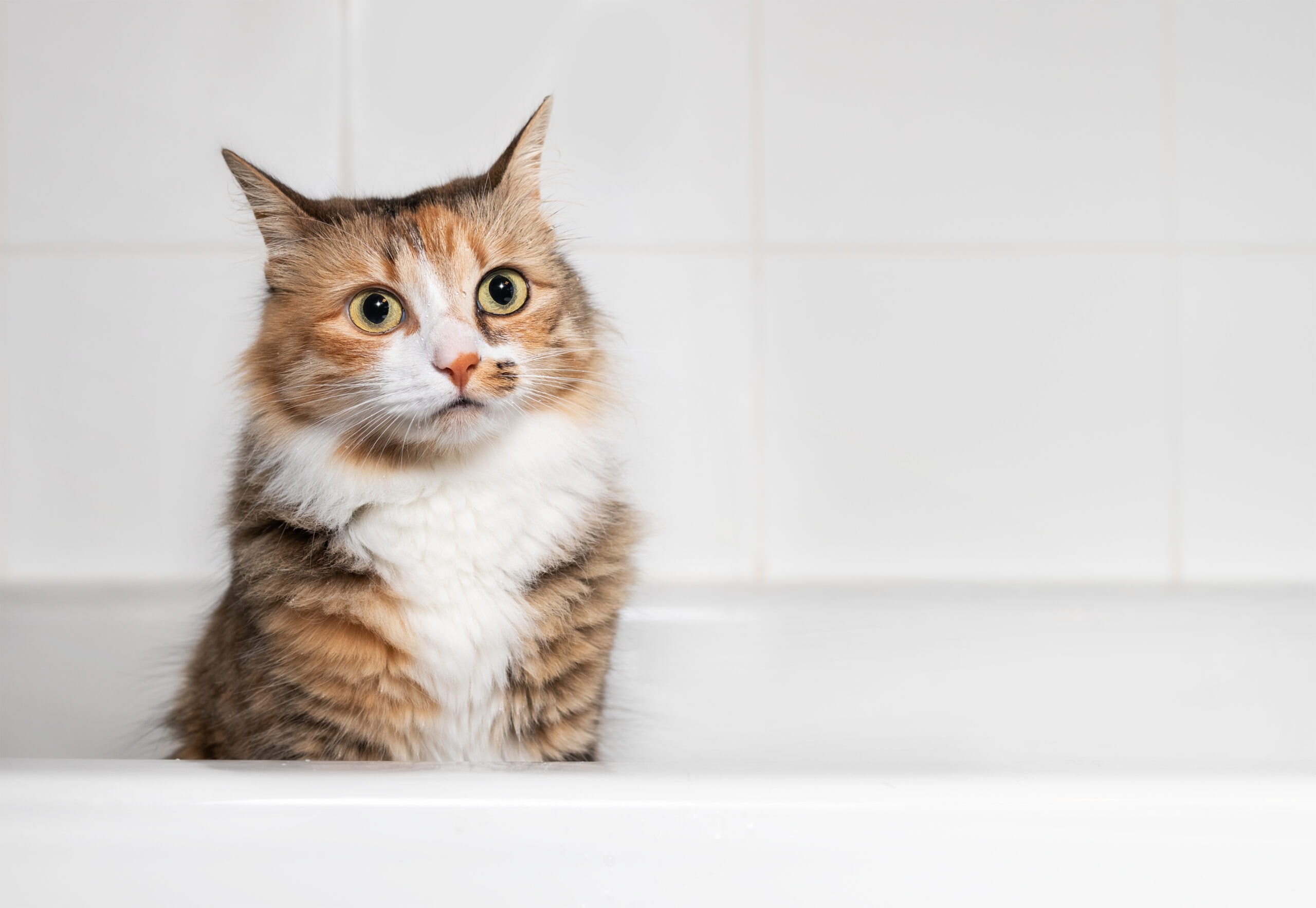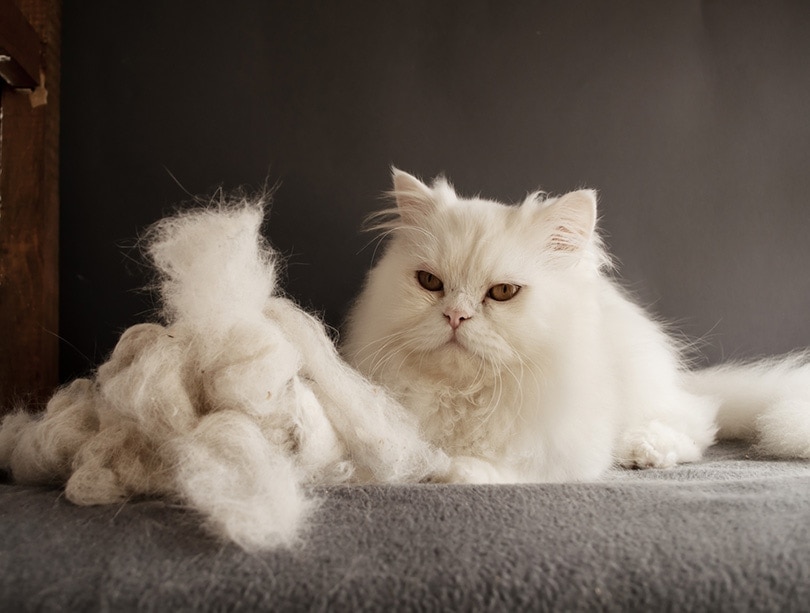Are Silvervine Sticks Safe for Cats? Vet Approved Facts, Advice & FAQ
By Lorre Luther
Updated on

Click to Skip Ahead
Silvervine, or Actinidia polygama, is a plant that grows in Japan, China, and Russia. It’s non-toxic and gives cats a brief burst of energy, similar to catnip. In fact, silvervine is often considered a good alternative to catnip. Silvervine works for nearly 80% of all cats, even for many of those that don’t respond to catnip.
Silvervine sticks are safe as long as cats enjoy them under supervision. However, when chewed aggressively, the sticks can break apart and become a choking hazard Large pieces that are ingested may also lead to gastrointestinal obstructions, which require medical attention.
How Can Cats Enjoy Silvervine?
Silvervine is available in several forms, including sprays, powders, and sticks. The most potent option is what’s called gall fruit. This product is formed when flies lay eggs on the silvervine plant’s fruit, creating galls, which are lumps with higher concentrations of the active ingredients.
After harvesting, silvervine may be ground into powder, which can be sprinkled on scratching posts or added to plush toys in a similar way as catnip. It can also be made into sprays that can be applied to freshen up plush toys or bedding. Or silvervine can be dried and made into sticks that will elicit a euphoric response in most cats when chewing on them as well as help clean their teeth. Silvervine sticks are also called matatabi sticks.

Does Silvervine Produce the Same Effects as Catnip?
Catnip, or Nepeta cataria, is related to mint. Only about 68% of cats can get high on catnip, and the ability to enjoy it may be genetically determined! Catnip has one main active ingredient, nepetalactone, which isn’t reactive in every cat.
Silvervine, on the other hand, has many active ingredients, including actinidine and dihydroactinidiolide. However, it also contains the active ingredient nepetalactol, which is very similar to the active ingredient in catnip, nepetalactone. So, it would make sense that these two plants create similar reactions.
In some cats, catnip and silvervine gives them a boost of energy. In others, they can cause them to zone out and become relaxed. Both may encourage activity when sniffed but can cause drowsiness when consumed.
Catnip and silvervine reactions are often immediate, yet short, with cats generally returning to themselves within 30 minutes.
How Do Silvervine and Catnip Produce Reactions in Cats?
Cats absorb the active ingredients in catnip and silvervine through receptors in their nose that send messages directly to the pleasure center in their brain, creating feelings of peace, euphoria, or even sedation. This reaction is similar to how humans respond to opioids.
Are There Other Benefits to Giving Cats Silvervine?
In addition to a bit of fun, silvervine sticks may help minimize the formation of tartar on cats’ teeth. Cats ideally still need to have their teeth regularly brushed, even if given regular dental treats and silvervine sticks, though an individual dental care program should be determined by your cat’s veterinarian. They should also have regular dental checkups with their veterinarian. Tartar build-up on cats’ teeth creates conditions favorable for gingivitis, which can lead to periodontitis and other dental issues.
Silvervine appears to have some mosquito-repellent qualities as well, but then so does catnip. Cats with silvervine or catnip on their fur are often less attractive to bugs! Evidence suggests that one of the active compounds in catnip, nepetalactone, can be at least as effective as DEET when it comes to fending off mosquitos. DEET and cats, of course, simply don’t mix in any capacity.

FAQ
Are There Cats Who Don’t Respond to Silvervine?
Silvervine generally doesn’t impact kittens and pregnant queens. Cats start responding to Silvervine when they’re around 8 months old.
Is Silvervine Addictive?
Studies suggest that silvervine isn’t addictive to cats and isn’t likely to cause overdoses. Cats become less responsive to silvervine’s effects after repeat exposures.
Do Big Cats Respond to Silvervine?
Some wild felines also appear to enjoy a good sniff of silvervine. Many big cats and their smaller cousins can’t resist rolling around and licking the plant, which may be linked to the plant’s insect-repellent qualities.
Conclusion
Silvervine is a popular catnip alternative that affects nearly 80% of cats. Catnip, in contrast, only triggers a response in about 68% of cats. Some cats that don’t react to catnip are able to appreciate silvervine. Silvervine is available in sprays, powders, and sticks and is non-toxic. However, cats should always be supervised when using silvervine sticks since they can break into pieces that can become choking or digestive hazards.
Featured Image Credit: Nils Jacobi, Shutterstock












